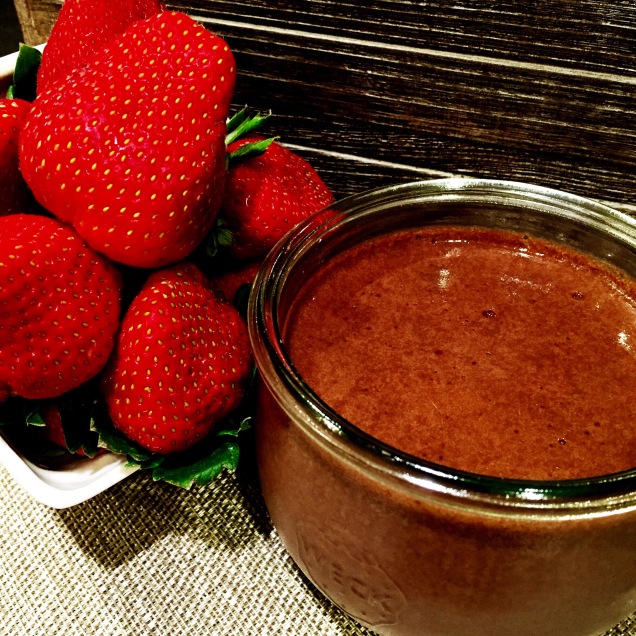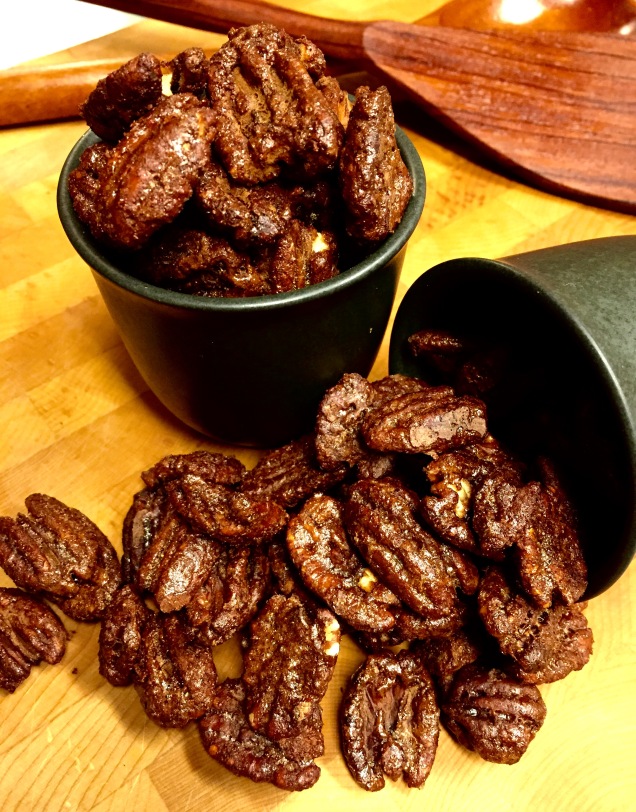
After embracing the Paleo lifestyle, one of the most difficult issues to tackle has been finding creative dinner dishes that are easy to prepare on a weeknight. One of my go-to creations has been a sausage ratatouille that is on the table in less than 20 minutes. It’s delicious, nutritious, and hearty (don’t fret – I’ll post that recipe, too). I also find myself struggling to get enough fish into our diet. As a chef, I know how delicious it can be, I’ve just never been a seafood fan. However, when you pair it with a delicious tomato-based sauce and fresh vegetables, it becomes a dish that pretty much anyone will enjoy.
For this recipe, you can use whatever fish you’d like. We happen to live in the Pacific Northwest, so when it’s salmon season, you can’t find a better filet. You can also leave the skin on, just be sure to get a hard sear on the fish to ensure it turns out crispy. There’s nothing worse than flabby fish skin! I like to use Mezzetta pasta sauces; they are a Californa-based company that makes a canned product that rivals even the homemade stuff. It’s completely Paleo and adds nearly all the flavor you’ll need in this quick and tasty dish.
Yield: 4 servings
Ingredients:
2 T. avocado oil – divided
1 small onion, diced
1 bell pepper, diced
1 zucchini, diced
1 bunch kale, de-veined and chopped
1 – 25 oz. jar marinara sauce
4 – 4 oz. portions salmon, skin-off
1 cup cherry tomatoes, halved
Shaved parmesan, for garnish
Method:
1. Add a tablespoon of avocado oil to a large skillet and heat over medium-high until shimmering.
2. Add the onion, bell pepper, and zucchini. Sauté until softened and starting to brown.
3. Add the marinara sauce to the pan and cook until heated through.
4. Add the kale and sauté until slightly wilted, about 2 minutes. Hold warm.
5. Make sure your fish portions are dried on both sides and that all pin-bones have been picked. Season liberally with salt and pepper.
6. Heat a non-stick skillet over high heat with the second tablespoon of avocado oil until shimmering.
7. Add the fish to the pan, skin-side down (or where the skin would have been if you have removed it).
8. Cook until nicely browned and then flip with a fish spatula. Continue cooking until medium-rare, or about 4 minutes. Remove from heat.
9. Place your ratatouille mixture in the center of your plate and garnish with a few halved tomatoes. Perch your fish on top of the ratatouille. Garnish with a sprinkling of shaved parmesan.











